by Amanda Rose Newton
The fertilizer ban in Brevard County kicks off on June 1st which means no fertilizer can be applied to your lawn until October 1st.
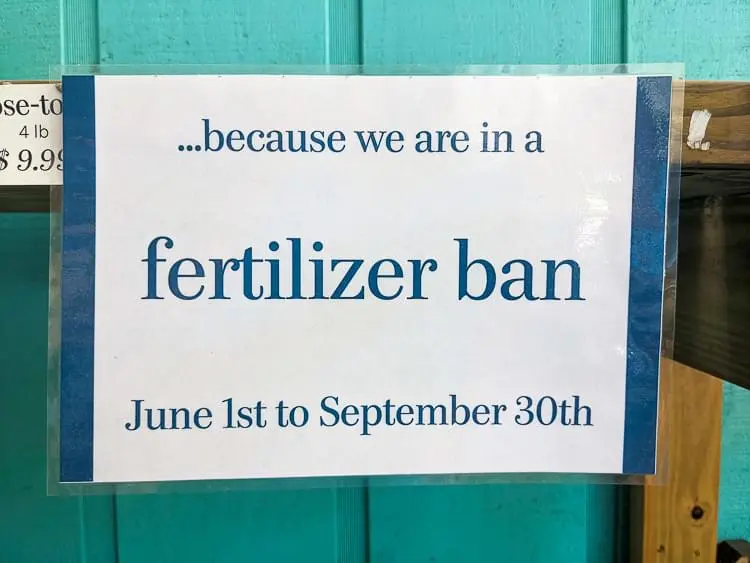
This isn’t the first time we have covered the ins and outs of the summer fertilizer application here on the blog, but with all the new residents moving here and the confusion over what exactly falls under the ban, it’s worth a revisit.
This week, we are going to tackle one of the most asked questions in the horticulture universe: what EXACTLY does organic mean, and is it better than synthetic fertilizer?
What Organic Fertilizer Isn’t
Perhaps one of the easier places to start to answer this surprisingly complicated question is by discussing what organic isn’t. The media has done an excellent job of selling organic produce and meat as healthier and better for you, the planet, and your pets. While this isn’t wrong, it’s not entirely truthful, either.

Organic, according to the USDA, which is the head boss of the National Organic Program (NOP), simply means that plants and animals “are grown and processed according to federal guidelines addressing, among many factors, soil quality, animal raising practices, pest and weed control, and use of additives.” This means that only natural substances and controls that are physical, mechanical, and biological can be used.
For your organic veggies, they must be grown on soil that has no known prohibited substances for a period of three years. Synthetic fertilizers, which we will get to in a minute, are not allowed.
You will note that within all that legal jargon, there is little talk of the plants being of superior nutrition or looking their healthiest. That’s because they are not necessarily going to taste better or grow as quickly as those grown with synthetic fertilizers. The takeaway here is that organic does not imply more nutrition but does imply more virtue.
How Organic Fertilizers Work
First, it is important to note that there isn’t really a certification in place for inputs like fertilizers (yet). However, if integrity is important to you, check out Organic Materials Review Institute (OMRI) at www.omri.org to ensure the products you are looking at fit the values you subscribe to.
Organic-derived fertilizers provide benefits to BOTH plants and soil and are less likely to burn or damage foliage. These fertilizers break down slowly and in doing so, stimulate beneficial soil microorganisms that help improve the structure of the soil.
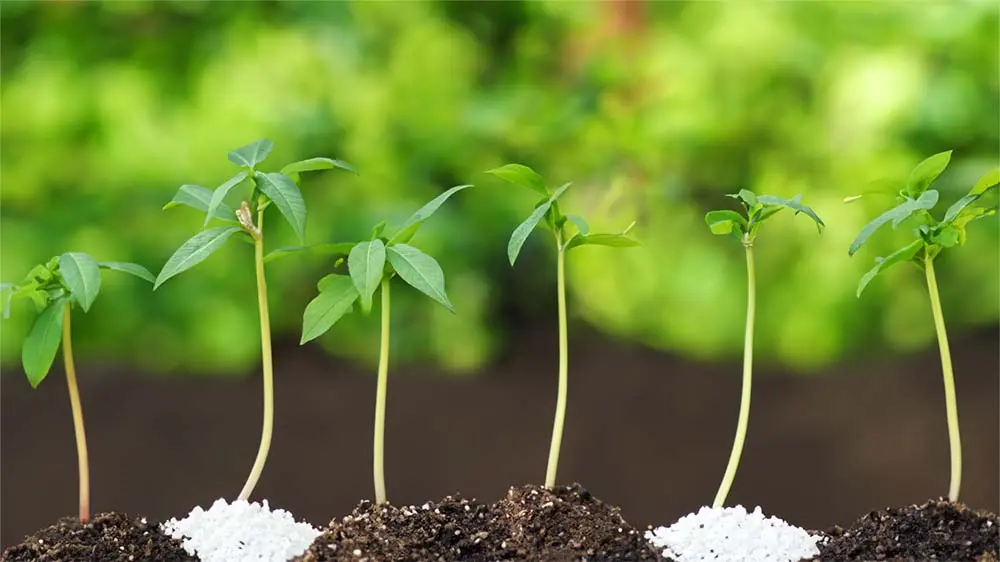
These soil microbes are key and if you are not already on Team Microbe, jump in! Soil microbes are the key to converting the macro- and micronutrients that plants snack on into forms that are soluble and much easier for plants to absorb at the roots. The best part is that those nutrients don’t need to be absorbed all at once and can just hang out in the soil until the plants are hungry.
Organic fertilizers can provide not only the macros the plants need plenty of, but also those secondary and micronutrients as well– a feat not carried out often by synthetic.
Organic fertilizers typically have a lower nitrogen, phosphorus, and potassium analysis on the bag than synthetic fertilizers, but they end up feeding plants for a longer period. The impact organic fertilizers have on lawns and plants is usually a bit harder to observe. It may take you a bit longer to see results, but your reward is happier, greener, plants.
How Synthetic Fertilizers Work
Synthetic fertilizers produce results you can see. They are fast-acting and come in a variety of forms such as granules, pellets, and liquids. Unlike organic fertilizers, they come already water-soluble, meaning a plant can go ahead and absorb it as soon as it hits the soil. The result is rapid greening, which everyone likes to see. While this is great, the color is likely not going to last as long since those nutrients will run out sooner. Therefore, the application period for synthetic fertilizers tends to be every month– rather than 3 to 6 with organic ones. Especially for lawns, it’s very easy to get stuck on the perpetual fertilizing treadmill with synthetics.
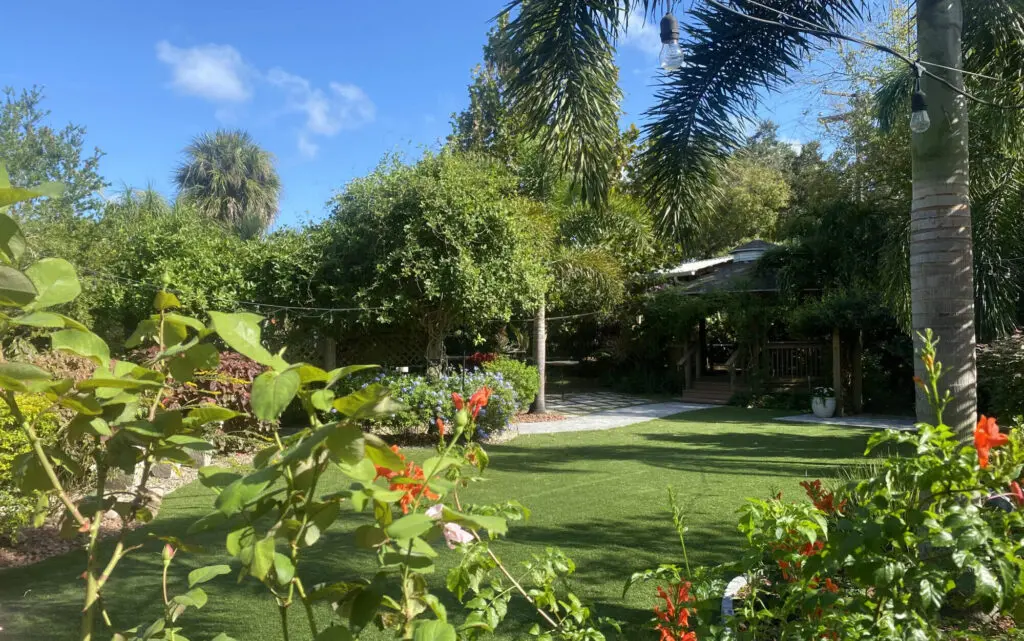
Synthetic fertilizers do give plants an undeniable early boost, but they do little to help stimulate soil life, especially for our beloved microbes. Soil texture and the long-term fertility of your yard are not benefiting here, either. Told you, those microbes are key!
Here is where the ban comes back into the conversation. The main reason your favorite synthetic fertilizer is not available during these months has to do with leaching. Remember how synthetic fertilizers come water-soluble? Just like us, plants can only take in so much food in one sitting and the leftovers in this case end up leaching.
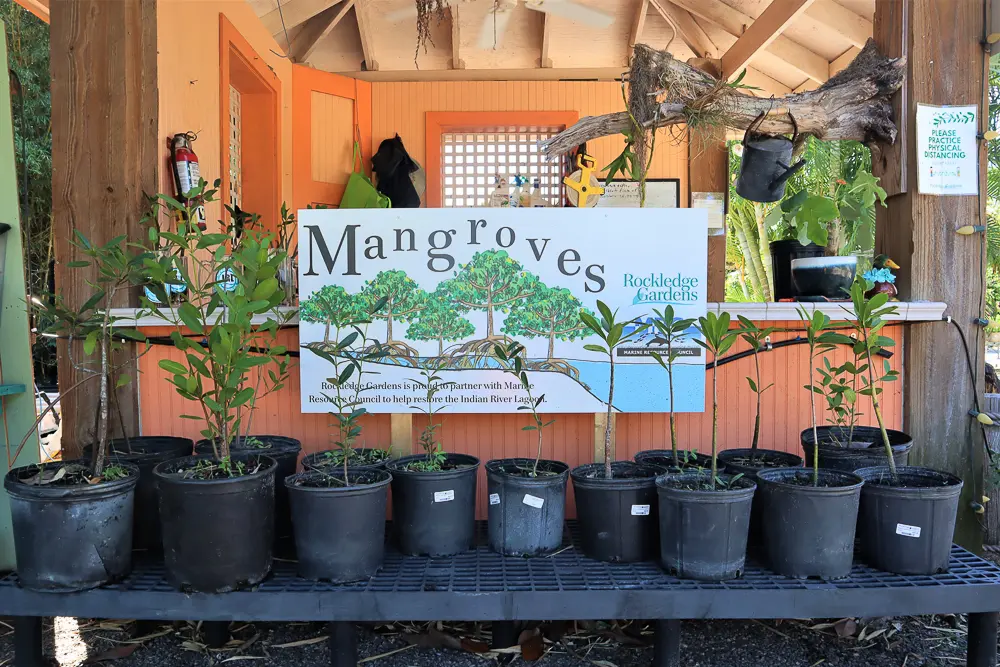
Leaching inevitably meets waterways and in our case, the Indian River Lagoon. The cyanobacteria also happen to like macronutrients like phosphorous, which end up creating algal blooms. If you have lived here long enough, you have experienced it, and is likely not your favorite thing to show off to visitors of our county.
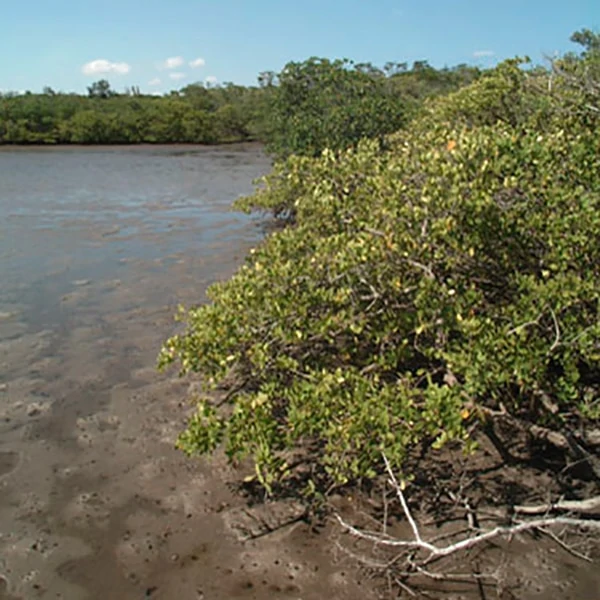
Essentially, the quick results we see with synthetic fertilizers can come at a cost. If we apply too much it may burn your lawn or plants or worse– leach into the lagoon.
If you have a favorite synthetic product, feel free to continue to use it– just make sure it’s not between June 1st and September 30th. This summer, give an organic product a try. You might just find a new favorite and maybe a new appreciation for the life underneath your lawn!
Curious as to what good and bad guys are present in your soil? Consider a microbiome test!


